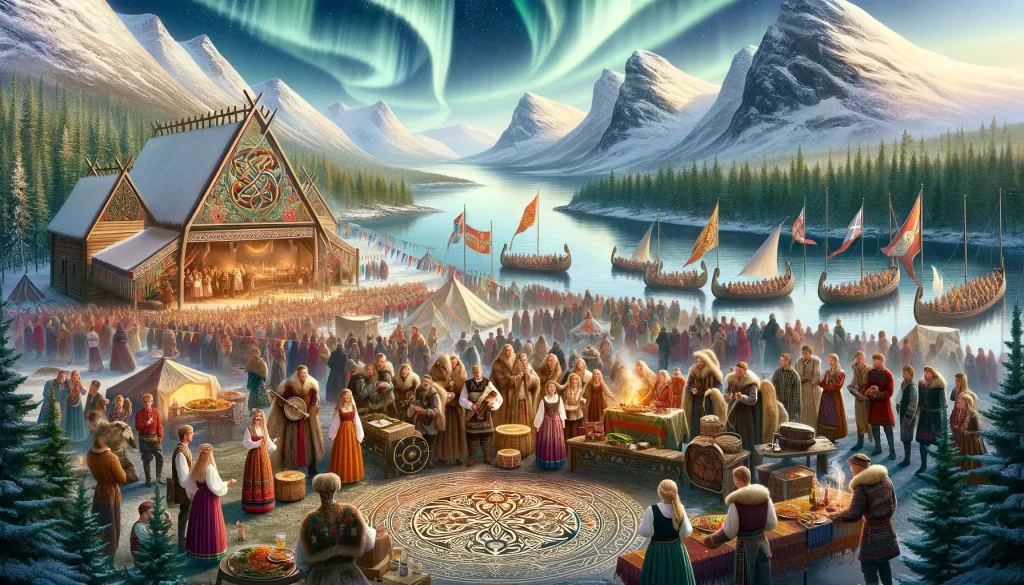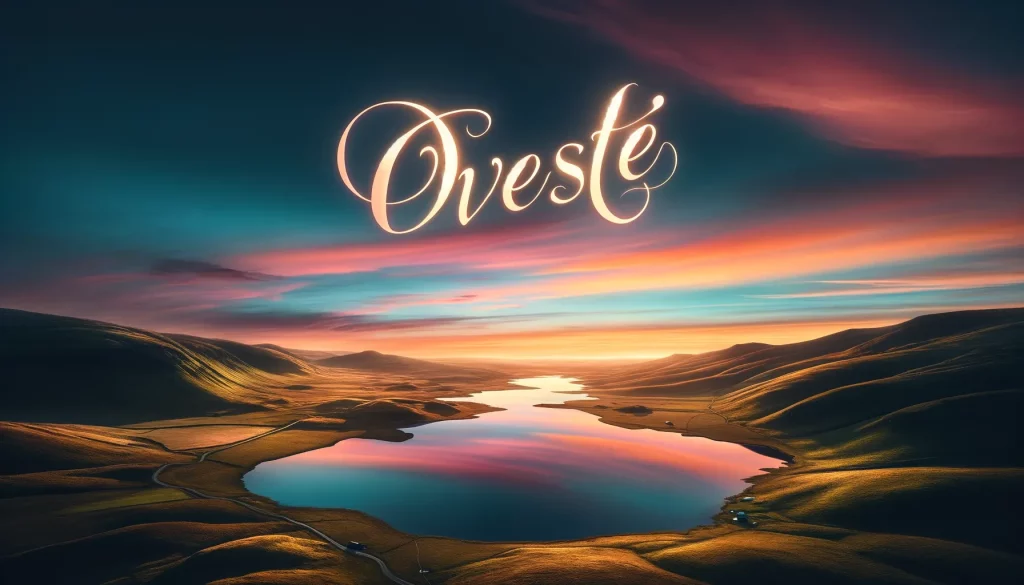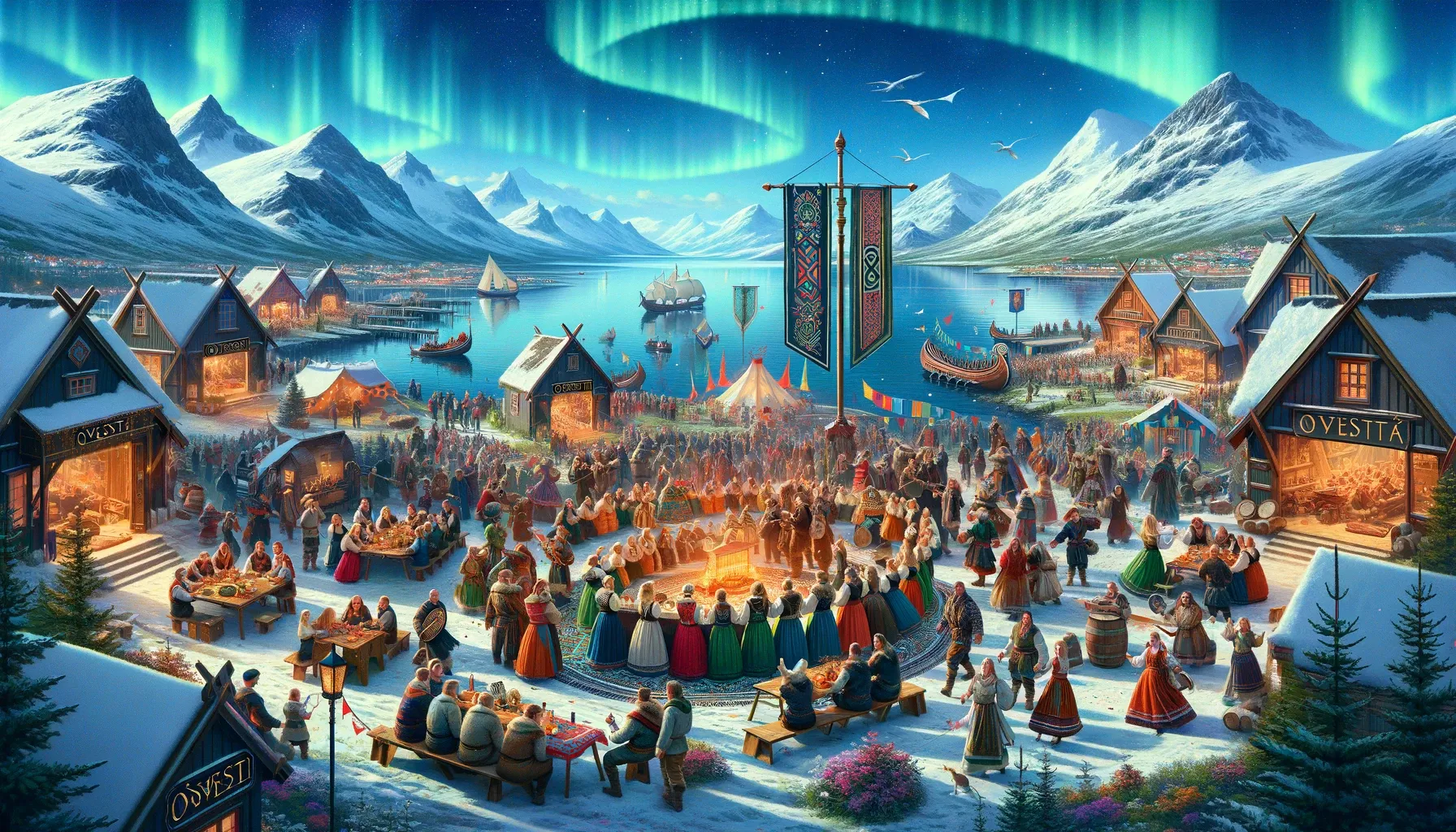Table of Contents
In the intricate tapestry of Nordic culture, one cannot help but be captivated by the enigmatic allure of Ovestæ. This ancient term, steeped in history, resonates with profound meanings that have shaped the very essence of Nordic traditions. In this exploration, we delve deep into the roots of Ovestæ, unraveling its layers to uncover the significance that has endured through centuries.
Defining Ovestæ
Origin and Linguistic Roots
The term Ovestæ finds its origins in Old Norse, a language that echoes through the corridors of time, connecting us to the forebears of the Nordic world. Derived from the amalgamation of “Ost” meaning East and “Vest” meaning West, Ovestæ embodies the directional balance intrinsic to the Nordic worldview.
Cultural Symbolism
Ovestæ goes beyond a mere directional reference; it serves as a cultural emblem embodying the interconnectedness of opposing forces, and the harmony of duality. This symbolism is deeply ingrained in Norse mythology, where the balance between light and dark, life and death, is revered.
Read also: Life on a Deserted Island with an Enemy Female Soldier

Ovestæ in Norse Mythology
Cosmic Balance
In the cosmic realms of Norse mythology, Ovestæ is intricately woven into the fabric of the cosmos. It symbolizes the delicate equilibrium between realms, with the East representing creation and the West signifying dissolution. This cosmic dance of creation and destruction forms the very heartbeat of Norse cosmogony.
Yggdrasil and the Nine Worlds
Ovestæ finds resonance in the cosmic axis, Yggdrasil, the World Tree that binds the Nine Worlds together. The branches stretching towards the East and West symbolize the interplay of forces, maintaining cosmic order. Ovestæ, in this context, becomes a guiding principle shaping the destiny of gods and mortals alike.
Rituals and Ceremonies
Seasonal Celebrations
The cyclical nature of Ovestæ manifests in Nordic seasonal celebrations, marking the transitions between light and darkness. Winter Solstice, a pivotal moment, embodies the rebirth of light as the sun begins its ascent from the darkest point in the West, heralding the return of vitality and growth.
Funerary Rites
In the realm of mortality, Ovestæ plays a crucial role in funerary rites. The journey of the departed is often symbolized by their voyage towards the setting sun, emphasizing the cyclical nature of life and death.

Ovestæ in Contemporary Context
Cultural Continuity
While Ovestæ holds its roots in ancient Nordic traditions, its relevance transcends time. In contemporary Nordic culture, the essence of Ovestæ persists in rituals, art, and even in the collective consciousness. It serves as a thread weaving the past into the present, fostering a sense of cultural continuity.
Modern Interpretations
Ovestæ’s significance has not waned in the face of modernity. Instead, it has found new expressions in literature, art, and even popular culture. The resonance of Ovestæ in modern Nordic identity underscores its enduring relevance and the adaptability of ancient wisdom.
People also ask
What is the origin of the term Ovestæ in Nordic culture?
Ovestæ originates from Old Norse, combining “Ost” (East) and “Vest” (West) to symbolize directional balance.
How does Ovestæ manifest in Norse mythology?
Ovestæ is woven into Norse cosmogony, symbolizing cosmic balance, especially in Yggdrasil’s branches representing East and West.
Is Ovestæ still relevant in modern Nordic culture?
Absolutely. Ovestæ persists in contemporary rituals, art, and culture, serving as a thread connecting the past to the present.
Final Words
In the vast tapestry of Nordic culture, Ovestæ stands as a testament to the timeless wisdom embedded in ancient traditions. Its profound significance in Norse mythology, rituals, and contemporary expressions underscores the enduring legacy of this enigmatic term. As we navigate the realms of East and West, light and dark, Ovestæ remains a guiding beacon, inviting us to embrace the harmony of opposing forces that define the very soul of Nordic culture.

